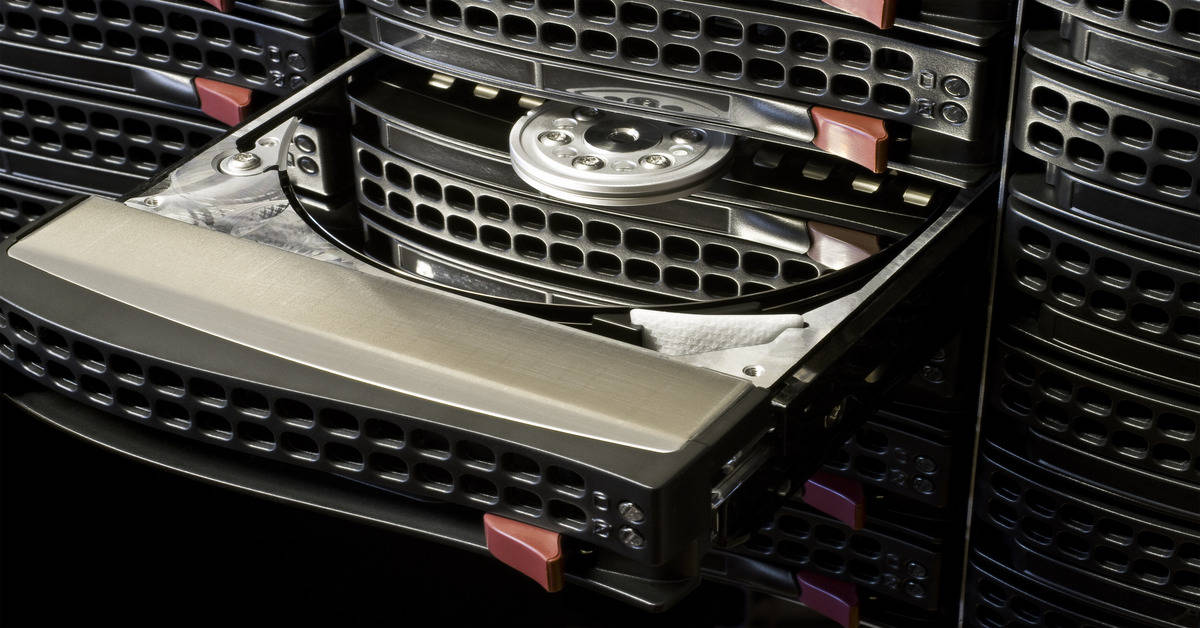Hot swapping, a crucial tool in an always-online age, is easier than it’s ever been. From upgrading drives on the fly to mission critical tasks, knowing how to hot swap drives is an essential part of an IT manager’s toolkit.
For a data center to remain effective and competitive, it needs to minimize delays. Downtime is a drag on efficiency at the best of times, and simply not an option for 24/7 operations. Either way, it’s pretty handy to be able to do things on the run.
Hot swapping is the replacement of hardware components while the computer system to which it is attached is still in use. As low-latency AI applications become more common, and always-online tech becomes the default, hot swap drives are more important than ever.
Hot swapping isn’t without its dangers: no one wants to be responsible for lost or corrupted data. Thankfully, tech has come a long way fast, and you’ll be surprised how many devices can be hot swapped.
What Is Hot Swapping?
“Hot swapping” is when you remove or replace a drive or other device from a computer without rebooting. A related term is “hot plugging”, which is when a device can be added while the power remains on. All hot swappable hardware is hot pluggable, but the reverse may not always hold true. “Cold swapping” is when a computer is powered down before a component is replaced.
Hot swapping allows a computer’s other tasks to continue uninterrupted. It also saves the machine and its operators the time it would have taken to reboot. Peripherals like keyboards and mice are almost always hot swappable, whereas your CPU or RAM are probably not. There’s a lot of grey area in between the obvious cases, however. Whether a drive is hot swappable may depend on what sort of interface it uses.

The term “hot swap” is also sometimes used in a slightly stronger sense. Note that saying that hardware is replaceable without a reboot tells you nothing about how the computer’s software will handle the replacement. Clearly, a computer’s software should understand how to handle the hardware replacement without disrupting any important software processes. Premio calls software-supported hot swapping a “full hot swap” in order to distinguish it from a “basic hot swap”, which might require the person replacing the drive to do a bit of software work to make the switch seamless.
Hot swapping also comes in more advanced versions. These make use of special hardware controllers and advanced redundancy systems to ensure data integrity.

Related Reading
Every data center has its share of failed drives, and knowing how to effectively predict and manage hard drive failure is an essential part of keeping your center humming.
Hot Swappable Hardware
From a hardware perspective, what is it that enables a drive or other device to be hot swapped? One necessity are special connector pins, which signal to the computer that a device is being removed or added. These pins, often longer than the surrounding pins, also play a role in making sure the circuitry is properly grounded. This helps prevent short circuiting, which can endanger the computer system in question.
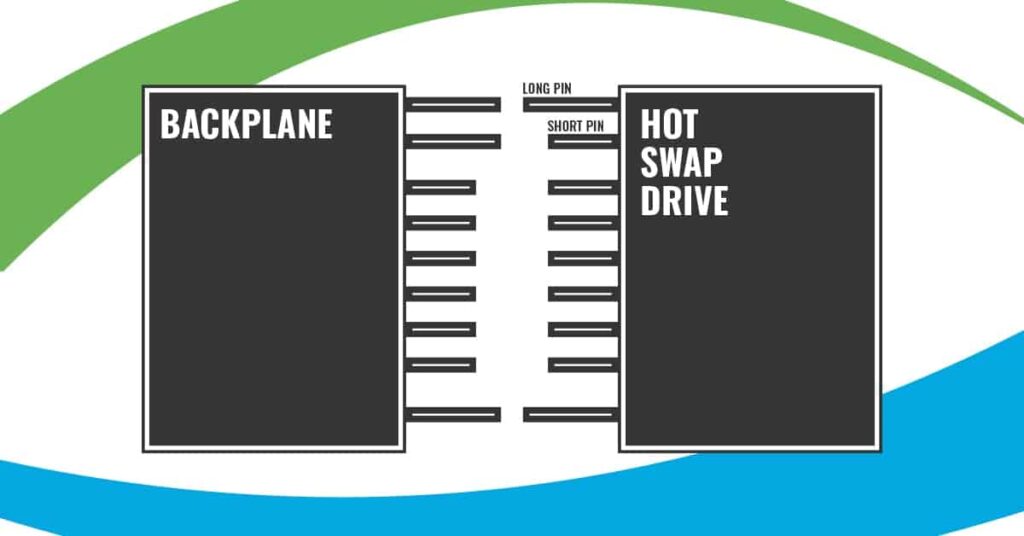
Another hardware consideration is power management. Hot swap controllers manage the inrush current of the hot swapped device so it doesn’t collapse the power supply when the drive is swapped. These controllers detect power levels, and gently ramp up the capacitors in the motherboard to avoid sparking, unintended system resets, and other malfunctions. The controllers themselves are usually located in the backplane, or within the storage drive itself.
Hot Swapping and Interfaces
Hot swappable hardware has been growing in variety for some time now. The first hot swap devices were peripherals like mice and keyboards. USB was among the first interfaces to enable hot swapping.
LAN (local area network), SCSI (small computer system interface), and IDE (integrated device electronics) interfaces have long been hot swappable, and additional interfaces have become hot swappable since then, as standard updates bring more functionality. Nowadays, most SATA and SAS drives can be hot swapped as well.
A hot swap drive is any drive which is hot swappable. Such drives usually come with RAID, and are important for applications, such as AI, where seamless maintenance is required. However, it isn’t the drive per se which matters, but the interface of the connection, as well as the motherboard and operating system the drive is connected to.
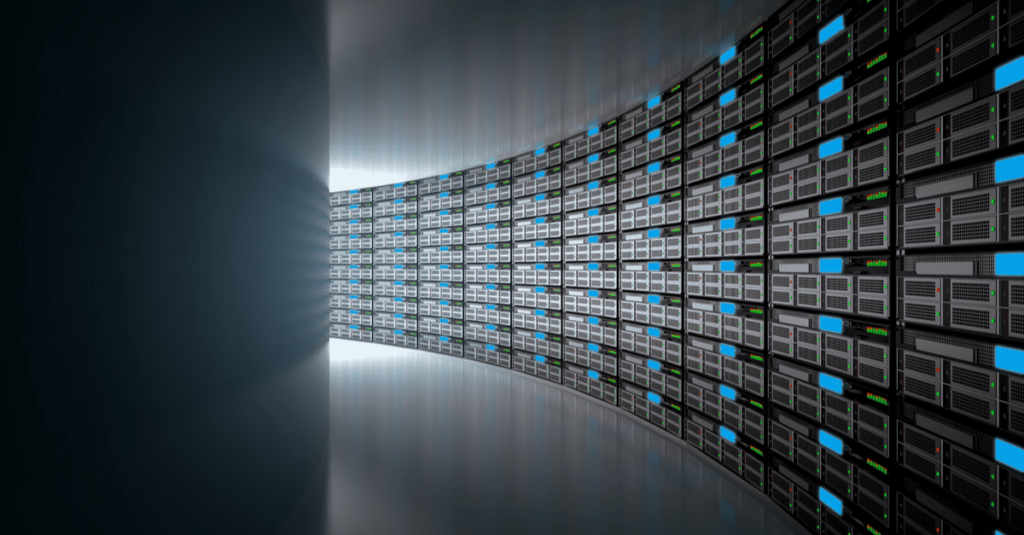
Related Reading
A drive isn’t a drive if it can’t communicate. While NVMe has grown in importance, SAS infrastructure will maintain a key role for the foreseeable future.
What about SSD drives using NVMe connections? Here things are more complicated. NVMe drives are not designed to support hot swapping. However, some companies, such as Premio, Icy Dock, and Supermicro sell special bays for NVME drives that allow for hot swapping.
Advantages Of Hot Swapping
The single biggest point in favor of hot swapping is the time saved. Cold swapping hard drives can potentially take hours. Without hot swapping, every drive failure means time spent removing the mounted system, sending it to IT, replacing it, testing the replacement, and reinstalling the system. With reduced risk of downtime comes efficiency and flexibility. And of course if time is money, hot swapping translate to savings.
In addition to the obvious time savings, hot swapping is excellent for certain specific use cases. It’s essential for mission critical operations, where hardware must be replaced without leading to interruptions of essential operations. Think of air traffic control systems, or monitoring equipment at a nuclear plant.
Hot swapping can speed things up considerably when it’s time to upgrade old hardware. A social media company, for instance, needs to stay online during a hardware refresh. Plus, hot swappability is handy when you’re testing the integrity of a RAID system by removing a drive and seeing how the system would handle a failure.
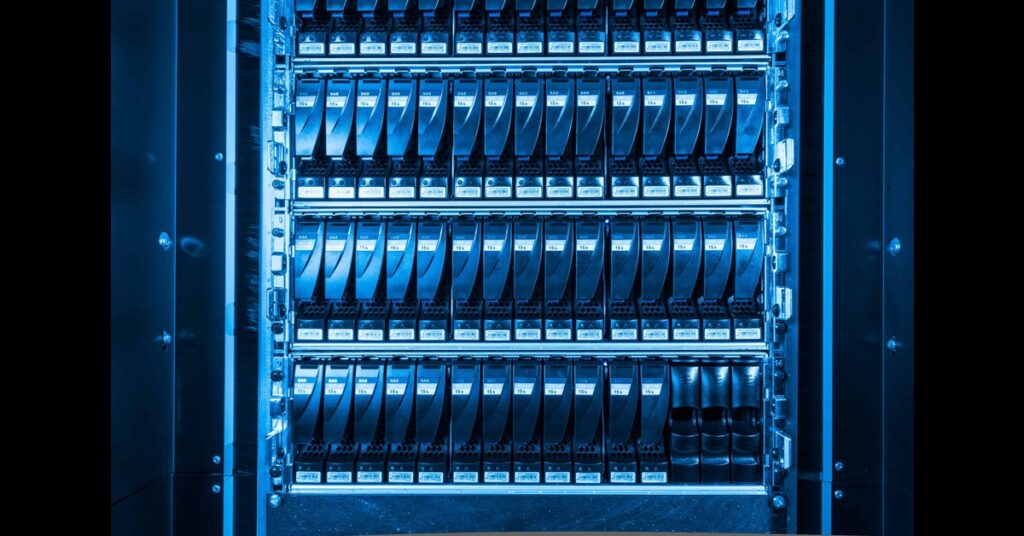
Related Reading
JBODs are also known for their flexibility, allowing one to plug and play different-sized drives while avoiding the finicky behavior of higher-level RAID.
How To Hot Swap Safely
While hot swap tech has come a long way, it still calls for care. No one wants to be the person who inadvertently costs their company time, money, or data by frying hardware or corrupting data. Hot swapping can be tricky: there are lots of pins in a plug, which can lead to inconsistent behavior.
The golden rule in hot swapping is to know your hardware. While an ever-expanding range of devices are hot swappable, you do not want to roll the dice when it comes to data center integrity. Check whether your drives are hot swappable, and whether the system to which its connected can smoothly handle a hot swap from a software perspective.
While taking your lead from device manufacturers is essential, there are a few other rules of thumb which may prove helpful dependent on your circumstances and level of expertise:
Take It Slow. If you’re replacing a hard drive, make sure to wait about 10 to 15 seconds for the spindles to stop spinning before you unplug, less you damage the disk. Also be careful with the plugs, so you don’t damage or wear them out.
Back Up Your Data. This is, of course, something you should be doing anyway: unintentional loss of data is bad, regardless of whether you’re hot or cold swapping. Drives with RAID 1, 5, 6, and 10 are generally hot swappable because they have redundancy built in.
Keep Current: Make sure that the replacement model is compatible with the system into which it is being added. Do due diligence, understanding the hardware specs and the quirks of the operating system in question.
Hardware For Hot Swapping
While modern drives and interfaces themselves are frequently designed so as to properly facilitate hot swapping, additional hardware can make the process smoother and more secure.
Hot swap bays can expand the range of drives that you can hot swap. These come in tray-based and trayless varieties, and are often physically designed in order to prevent wear and tear of plugs. Some special racks of drives, such as Seagate’s Exos Corvault JBODs, come with hot-swappable components, combining everything in an easily modifiable package.
Even where compatibility and wearing aren’t issues, hot swapping can still take a considerable amount of time, as you still need someone to physically remove old components and plug in new ones. This is especially true when drives are being tested. Quarch has developed the Quarch Torridon System, where the replacement and testing process itself is automated, saving time. Look ma, no hands!
Additional devices can add an extra layer of surge protection and power backup. Products with special controllers can add additional functionality, especially for advanced use cases, such as AI supercomputing platforms.
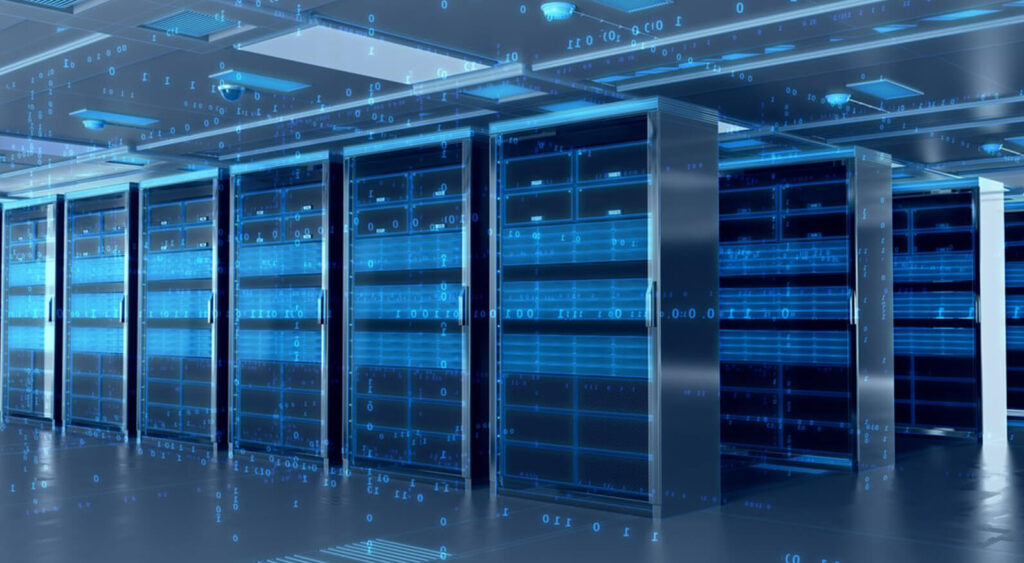
Related Reading
Hot swappability is part of an overall move towards hardware, which is more easily interchangeable and replaceable, allowing for more flexible software defined storage.
Conclusion
Hot swapping is easier than it’s ever been, and will only get smoother as time goes on. Done right, hot swapping is extremely convenient. Your data center doesn’t skip a beat, as the exchange of components becomes simpler and more efficient. This results in less downtime, fewer points of failure, and greater flexibility.
However, IT managers and data center workers should follow best practices in order to ensure that data isn’t lost or corrupted. Know your hardware, check the manufacturer guides, and make sure data is backed up. Thankfully, these are all things that responsible data center managers should be thinking about anyway, even aside from hot swapping.
Drive replacement is best done as part of a long-term hardware lifecycle strategy. Contact Horizon to see how you can plan ahead for refreshes and minimize e-waste.






